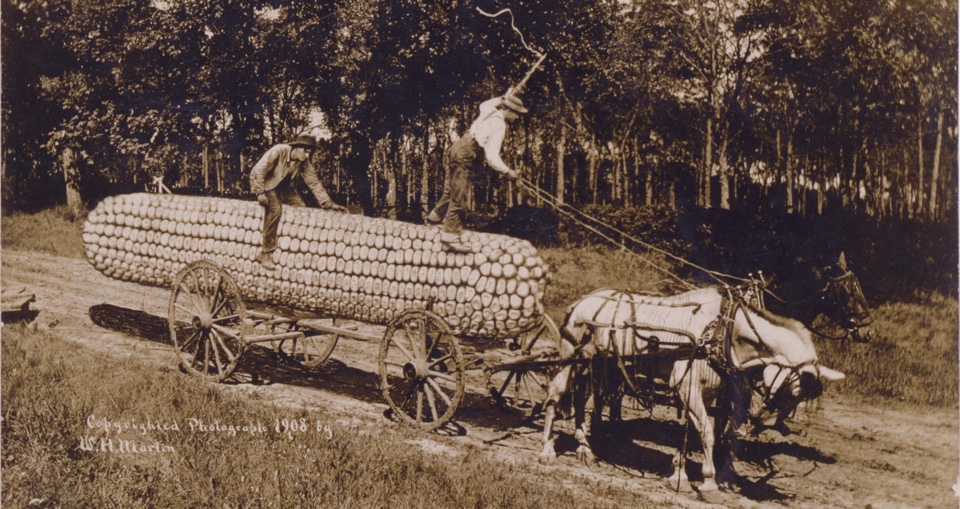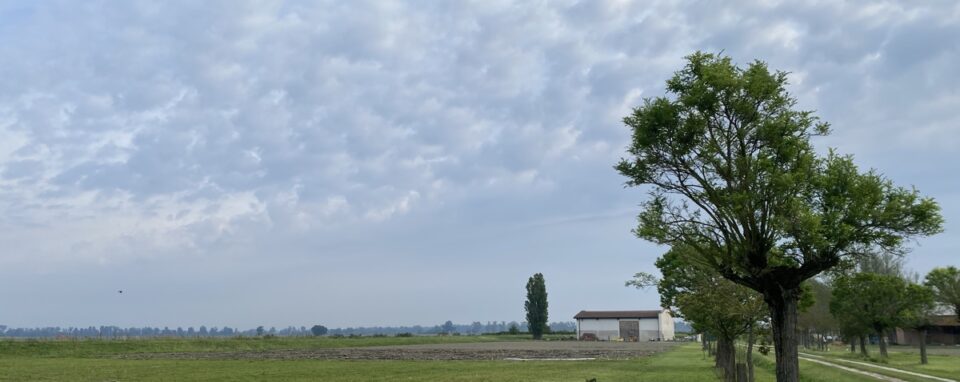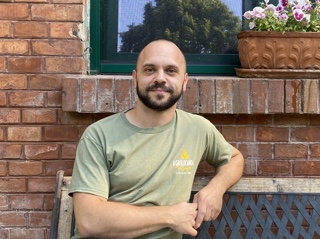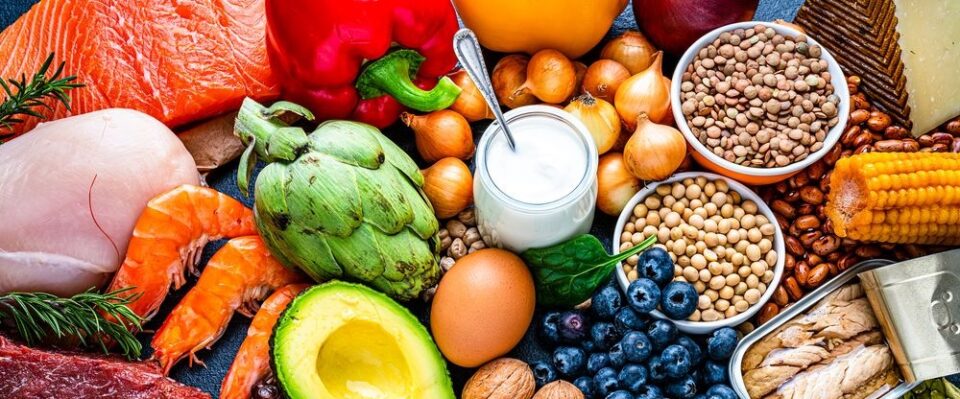
Podcast: Play in new window | Download (Duration: 28:53 — 26.5MB)
Subscribe: Google Podcasts | Spotify | Android | RSS | More
 Naomi Duguid is a writer, home cook and photographer based in Toronto, Canada. She is also a world traveller and has converted her experiences into a series of glorious books, part cookbook, part culinary anthropology, wholly fascinating. Her latest, The Miracle of Salt, is no exception. Recipes for everything from Acadian salted scallions to zucchini in golden sand sauce (for which you’ll first need to make some brined egg yolks) are seasoned with chapters on flavoured salts, salt harvesting techniques, the geography of salt and plenty more. About the only thing we deliberately didn’t talk about was lacto-fermentation, although there’s plenty of that too.
Naomi Duguid is a writer, home cook and photographer based in Toronto, Canada. She is also a world traveller and has converted her experiences into a series of glorious books, part cookbook, part culinary anthropology, wholly fascinating. Her latest, The Miracle of Salt, is no exception. Recipes for everything from Acadian salted scallions to zucchini in golden sand sauce (for which you’ll first need to make some brined egg yolks) are seasoned with chapters on flavoured salts, salt harvesting techniques, the geography of salt and plenty more. About the only thing we deliberately didn’t talk about was lacto-fermentation, although there’s plenty of that too.
Notes
- The Miracle of Salt is available at bookshop.org and elsewhere.
- Naomi Duguid’s website.
- A few years ago we talked about Exploring the World through Food.
- Here’s a transcript, thanks to supporters of the podcast
- Banner photograph by me, of the salt flats in Trapani, Sicily.


 The human remains at Neumark Nord, a Neanderthal site in Germany, are around 125,000 years old. Those at the Anthropology Research Facility (ARF) – aka the Body Farm – in Tennessee, a lot less. What connects them is a remarkable new explanation for the high nitrogen isotope ratios in Neanderthal remains. Normally, such high ratios are the result of eating lots of meat. John Speth thinks there’s a better interpretation.
The human remains at Neumark Nord, a Neanderthal site in Germany, are around 125,000 years old. Those at the Anthropology Research Facility (ARF) – aka the Body Farm – in Tennessee, a lot less. What connects them is a remarkable new explanation for the high nitrogen isotope ratios in Neanderthal remains. Normally, such high ratios are the result of eating lots of meat. John Speth thinks there’s a better interpretation.




 Many countries have strict rules about who is allowed to give advice on diet and nutrition, but that doesn’t stop even qualified people from selling all kinds of snake oil. In this episode, I chatted with Tara Schmidt, a registered dietitian and lead dietitian for the Mayo Clinic Diet. We talked about fad diets, and how they are inevitably unsustainable. About weight-loss drugs and whether they are being oversold. About the frustration she feels faced with bad advice, and how the Mayo Clinic’s caution may make it slow, but also makes it sure. About her dismay faced with questions about singular foods and singular nutrients. I learned a lot.
Many countries have strict rules about who is allowed to give advice on diet and nutrition, but that doesn’t stop even qualified people from selling all kinds of snake oil. In this episode, I chatted with Tara Schmidt, a registered dietitian and lead dietitian for the Mayo Clinic Diet. We talked about fad diets, and how they are inevitably unsustainable. About weight-loss drugs and whether they are being oversold. About the frustration she feels faced with bad advice, and how the Mayo Clinic’s caution may make it slow, but also makes it sure. About her dismay faced with questions about singular foods and singular nutrients. I learned a lot.